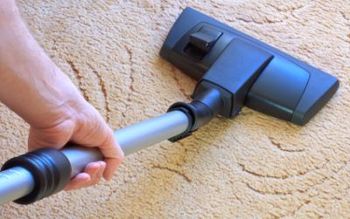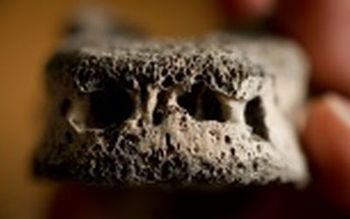
News




Reprocessing medical devices is an intricate, complicated task, and lapses in infection prevention practices can lead to poor patient outcomes and infections. Cognizant of these implications and the role that medical device preprocessing plays in the larger healthcare arena, last summer the Food and Drug Administration (FDA) launched a coordinated effort focusing on improvements in device design, reprocessing procedures and validation methodologies, and healthcare facility quality assurance practices.

The Occupational Safety and Health Administration (OSHA) is continuing to examine occupational exposure to infectious agents in healthcare settings, and members of the infection prevention and healthcare epidemiology communities are weighing in with their perspectives as the federal agency gathers data.

To gain perspective on what NHSN reporting means to infection preventionists (IPs), ICT consulted Linda R. Greene, RN, MPS, CIC, the director of infection prevention for Rochester General Health System in Rochester, N.Y.

We present our 2012 Regulatory Update, which originally appeared in the January 2012 print issue of Infection Control Today magazine.




















Two teams of Michigan State University researchers one working at a medieval burial site in Albania, the other at a DNA lab in East Lansing have shown how modern science can unlock the mysteries of the past. The scientists are the first to confirm the existence of brucellosis, an infectious disease still prevalent today, in ancient skeletal remains.


